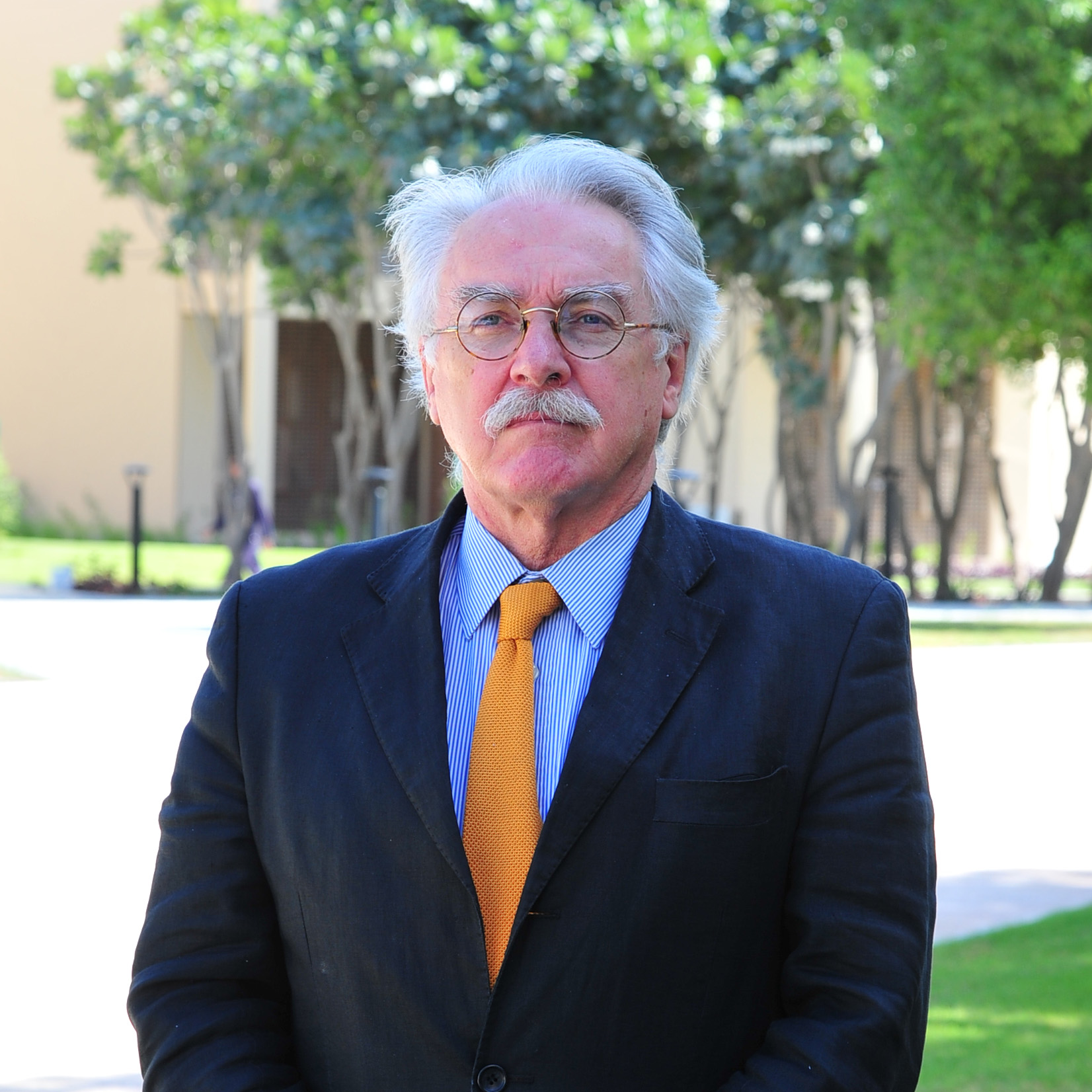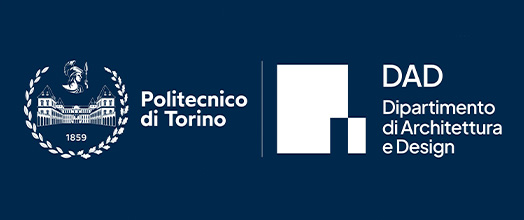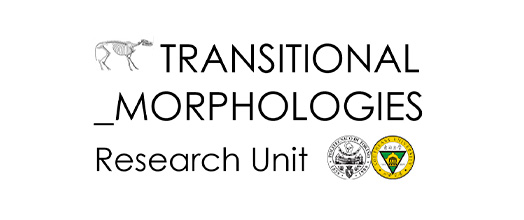
The typo-morphological approach in the age of Artificial Intelligence
Attilio Petruccioli
Attilio Petruccioli, an architect, is a founding member of ISUF International (1994), alongside Giancarlo Cataldi and Gian Luigi Maffei. He organized two ISUF International conferences in Italy: ISUF 2002 in Cernobbio on Gianfranco Caniggia’s work and ISUF 2003 about The Planned City? in Trani. Since 2004, he has been a Member of Honour of INTBAU, an association initiated by the Prince of Wales Foundation, and is also an expert for ICOMOS/UNESCO.
From 1994 to 1998, he was the Aga Khan Professor of Design for Islamic Societies at the Aga Khan Program for Islamic Architecture at MIT. Between 2003 and 2012, he served as the first Dean of the Faculty of Architecture at Politecnico di Bari, then as Chair of the Department of Civil Engineering and Architecture, and eventually as Director of the PhD Program in Architectural Design for Mediterranean Countries. During those years, he transformed a small institution in Southern Italy into one of the leading international research centers for traditional urban environments and the application of modern information technologies to their physical restoration and social revitalization. In 2012-2013, he was the Msheireb Property Chair at Qatar University. Subsequently, he worked on several urban design projects for the Addiriya Development Agency and the Royal House in Riyadh and Jeddah.
As a result of his lifelong interest, he has authored and edited numerous books on architectural design and the history of Islamic architecture. His research interests include the methodology of design (landscape and contextual design, typological research, and the work of modern architects), traditional settlements and housing, Islamic architecture, town and territory, and Mediterranean landscape architecture. He is the Director of the Bibliotheca Orientalis and the Islamic Environmental Design Research Centre in Trani. His seminal work, After Amnesia: Learning from the Islamic Mediterranean Urban Fabric (2007), has been translated into Turkish and recently into Arabic.


